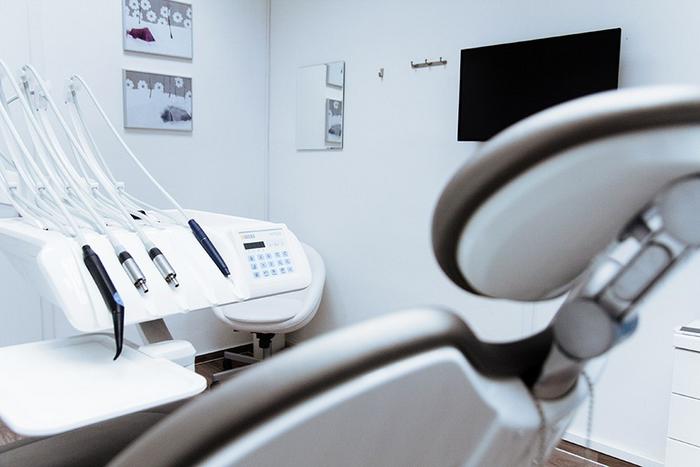
The researchers analysed thrombus aspirates, which neurointerventional radiologists removed from 75 stroke patients as part of emergency treatment. The samples were studied by duplicating bacterial DNA, showing that 79 % of the aspirates contained DNA from bacteria that came from the teeth.
The study is part of a research project at Tampere University, which for ten years has been investigating the effects of bacterial infection in the development of cardiovascular diseases. The research group has previously shown that the same odontogenic bacteria are present in the coronary artery stenoses of patients who have suddenly died, the thrombus aspirates and arterial blood of myocardial infarction patients, ruptured cerebral aneurysms and the thrombus aspirates of patients with lower limb arterial and venous thrombosis.
Cerebral artery thrombosis causes 87 % of strokes. Most thrombi originate in carotid artery stenoses from where they travel to block cerebral circulation.
The results showed that a large amount of DNA from streptococcus viridans – normal bacteria in the mouth – was found in cerebral thrombi compared with normal blood samples from the same patients. In the oral cavity, streptococci are harmless, but when entering circulation, they might cause, among other things, infections of the cardiac valves. The streptococcus bacteria can directly bind to various platelet receptors, making the patient more prone to blood clots.
The research shows that oral health and good dental hygiene are of much greater importance to health than previously known, and that untreated dental infections can cause serious health damage or even death.
tuni.fi


